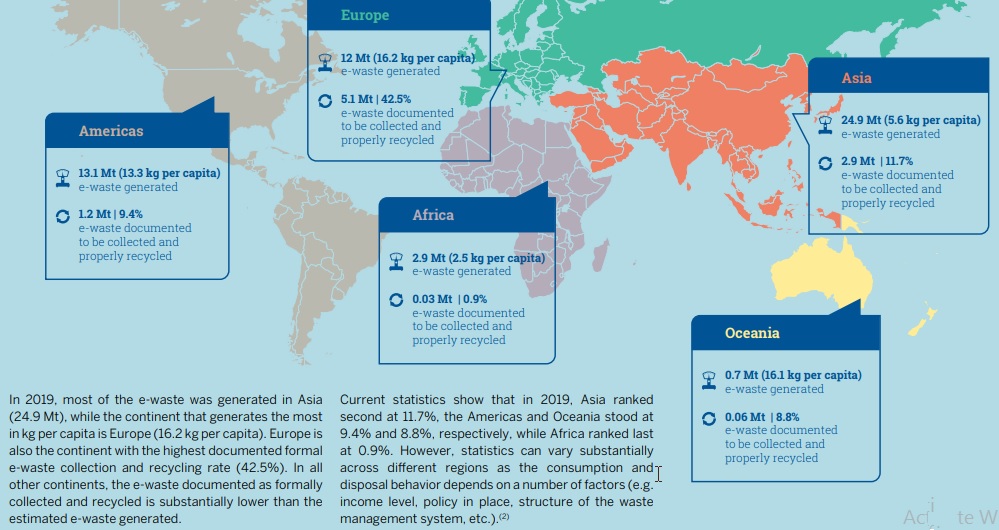7667766266
enquiry@shankarias.in
The extraction from the discarded e-wastes which is usually performed by children, is a crude and hazardous process that goes unregulated in India.
India is the third largest generator of e-wastes in the world after China and the USA
 What efforts were taken in this regard?
What efforts were taken in this regard?
E-Waste (Management) Rules, 2016
Scheme for Promotion of Manufacturing of Electronic Components and Semiconductors (SPECS)
References